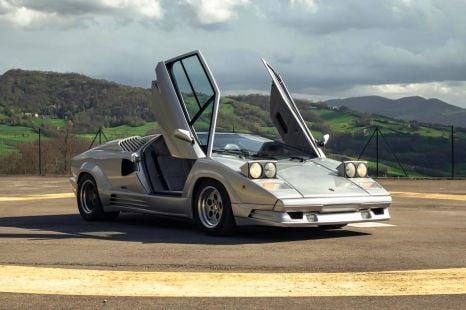
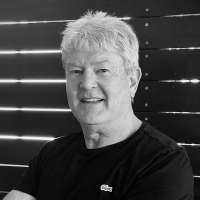
Anthony Crawford
1990 Lamborghini Countach review
5 Days Ago

Marketplace Journalist
Despite Suzuki’s relatively slow rollout of electrified vehicles, the brand’s local arm says it’s prepared to deal with Australia’s New Vehicle Efficiency Standard (NVES) as it readies additional mild-hybrids and its first electric vehicle (EV).
Suzuki, like every other manufacturer operating in Australia, is now obliged to meet set average carbon emissions targets across its fleet each year, or be penalised $100 per g/km of CO2 for every vehicle that exceeds the target.
The brand’s entire Australian fleet falls into the Type 1 passenger car category, which means each car is subject to a CO2 limit of 141g/km for 2025. This limit will drop to 117g/km in 2026, 92g/km in 2027, and eventually 58g/km in 2029.
Though Suzuki’s Australian lineup currently features only two mild-hybrids and no EVs, general manager Michael Pachota maintains NVES is simply another regulatory hurdle for the brand to overcome.
“We’ve been here for a long time. We’re not going anywhere,” he told CarExpert.
CarExpert can save you thousands on a new car. Click here to get a great deal.

“NVES is just another thing that we have to adapt and evolve our product portfolio to meet. With that said, the Australian consumer will decide.”
Suzuki’s model range in Australia is currently undergoing a revamp after several vehicles fell victim to new safety regulations last year. With its up-to-date cars, Suzuki is, on average, in the clear for 2025 – the Swift Hybrid has maximum claimed emissions of 90g/km of CO2, while the Fronx Hybrid produces 113g/km.
Only the Jimny exceeds the target with a minimum of 146g/km across its lineup.
The defunct S-Cross, Vitara, and Swift Sport are all on the bubble of the current 141g/km target, while the Ignis is on par with the Fronx Hybrid. Only limited dealer stock of these models remains.
The emissions of these vehicles means Suzuki will likely exceed the average fleet-wide CO2 limit in three year’s time, which means more efficient models will be required to offset the ‘dirtier’ ones.
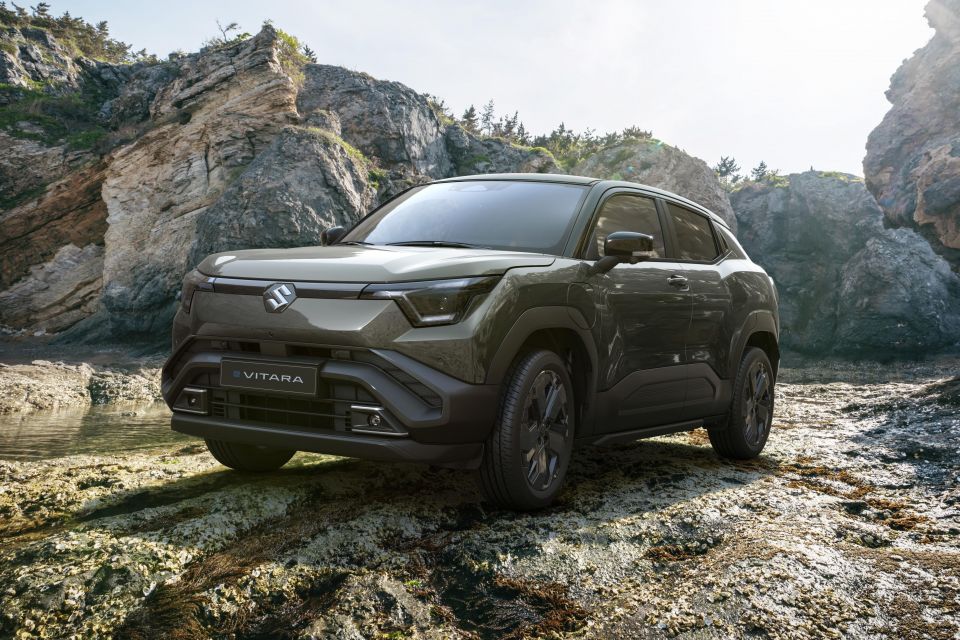
These efforts will be bolstered by the Vitara Hybrid – albeit with mild-hybrid or ‘strong’ hybrid powertrains as-yet unconfirmed – and electric eVitara in early 2026, while Suzuki could look overseas for additional hybrid models.
In the UK, Suzuki sells the Across plug-in hybrid (PHEV) – a rebadged version of the outgoing Toyota RAV4 – that produces a claimed 26g/km of CO2. There’s also the full-hybrid Swace – a rebadged Toyota Corolla Touring Sports wagon – with claimed emissions of 102g/km.
This, in theory, could provide Australian customers with more choice in Suzuki models than ever, and Mr Pachota maintains buyer attitudes will shape the brand’s direction beyond its initial plans.
“Our plan is quite good, I’ve gotta say. We’re ready for it,” he told CarExpert. “As the market changes or there’s different conditions in the market with competitors and so forth, and if that actual measurement of NVES changes because it’s constantly up in the air, or whatever it may be, we’ll adapt and evolve, and we’re very prepared to do so.”
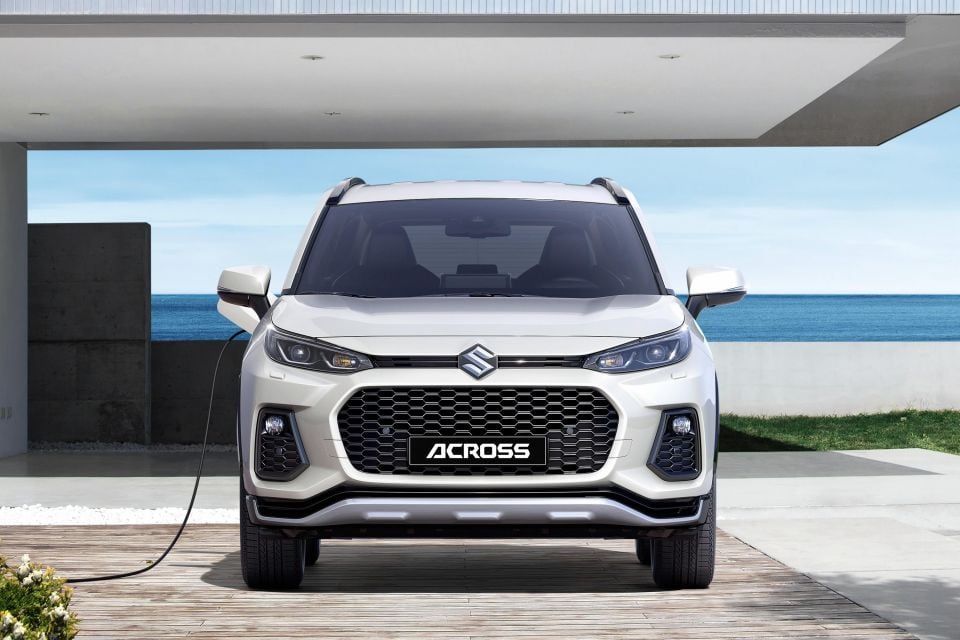
Mr Pachota’s confident sentiment is in contrast with recent comments made by Suzuki Queensland – a separate entity in charge of the Sunshine State and New South Wales’ Northern Rivers region – general manager Paul Dillon.
In a separate CarExpert article published this week, Mr Dillon claimed NVES will boost Chinese brands, raise prices, punish makers of small cars, and end up forcing many buyers to shop for less efficient used cars.
“I would say, ‘Would you consider a Suzuki to be a reasonably efficient car?’,” Mr Dillon told CarExpert.
“And to consider that next year there will be penalties on cars like Fronx, for a 1.5-litre hybrid vehicle with [an integrated starter generator], there are still penalties on that car next year.”
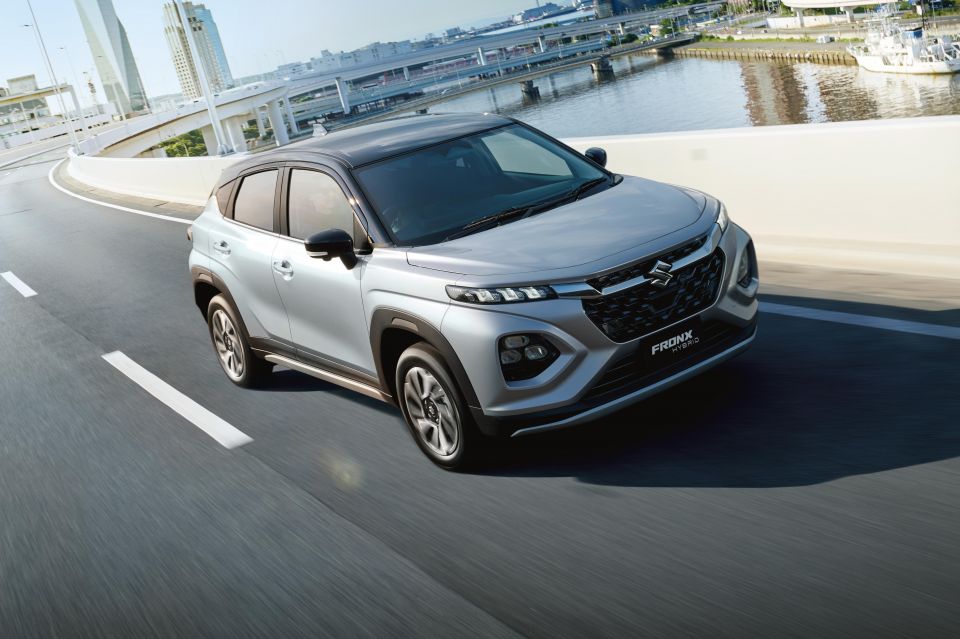
He continued by saying Suzuki Queensland would have to raise the prices of its vehicles if NVES fines begin to stack up – a fate he also expects to befall other non-Chinese carmakers – making cheaper Chinese cars look more appealing.
“The legislation’s almost leaning towards [Chinese brands], isn’t it?” Mr Dillon said.
Asked whether the eVitara would be able to offset Suzuki’s average CO2 emissions, Mr Dillon says he believes “there will be a small market for EVs”.
“Unfortunately, I don’t think the government fully considered that. I think there’s issues with the NVES they haven’t fully considered, unless they specifically are out to raise more tax from the consumers.”
MORE: Australia’s new emissions regulations are poorly thought out, says local car brand boss
MORE: Suzuki Vitara electric, hybrid SUVs locked in for Australia
MORE: What the first federal emission standard means for Aussie car buyers
MORE: Everything Suzuki
Where expert car reviews meet expert car buying – CarExpert gives you trusted advice, personalised service and real savings on your next new car.
Max Davies is an automotive journalist based in Melbourne, Australia. Max studied journalism at La Trobe University and stepped into the automotive world after graduating in late 2023. He grew up in regional Victoria, and with a passion for everything motorsport is a fan of Fernando Alonso.


Anthony Crawford
5 Days Ago
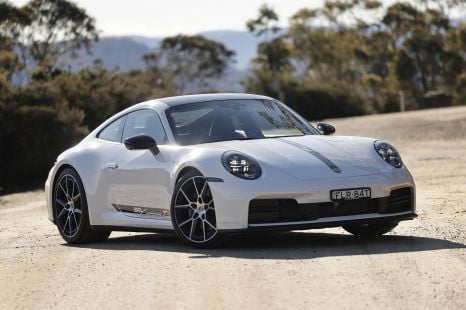

Matt Campbell
4 Days Ago
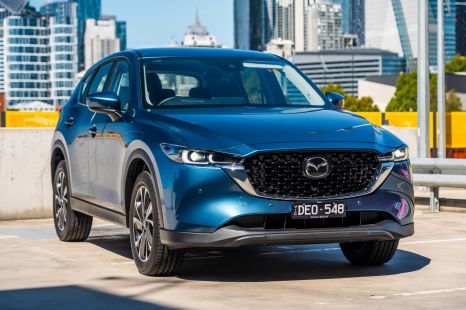

James Wong
3 Days Ago
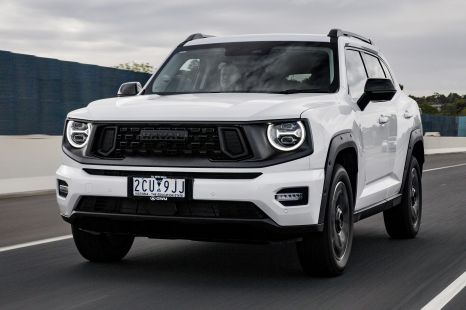

Max Davies
2 Days Ago
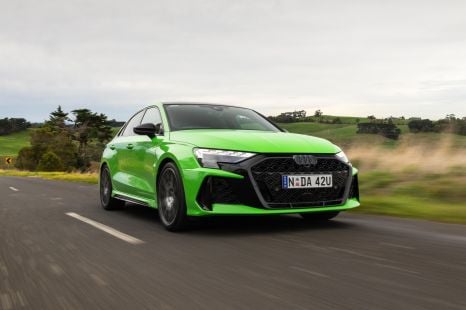

Josh Nevett
1 Day Ago


William Stopford
17 Hours Ago